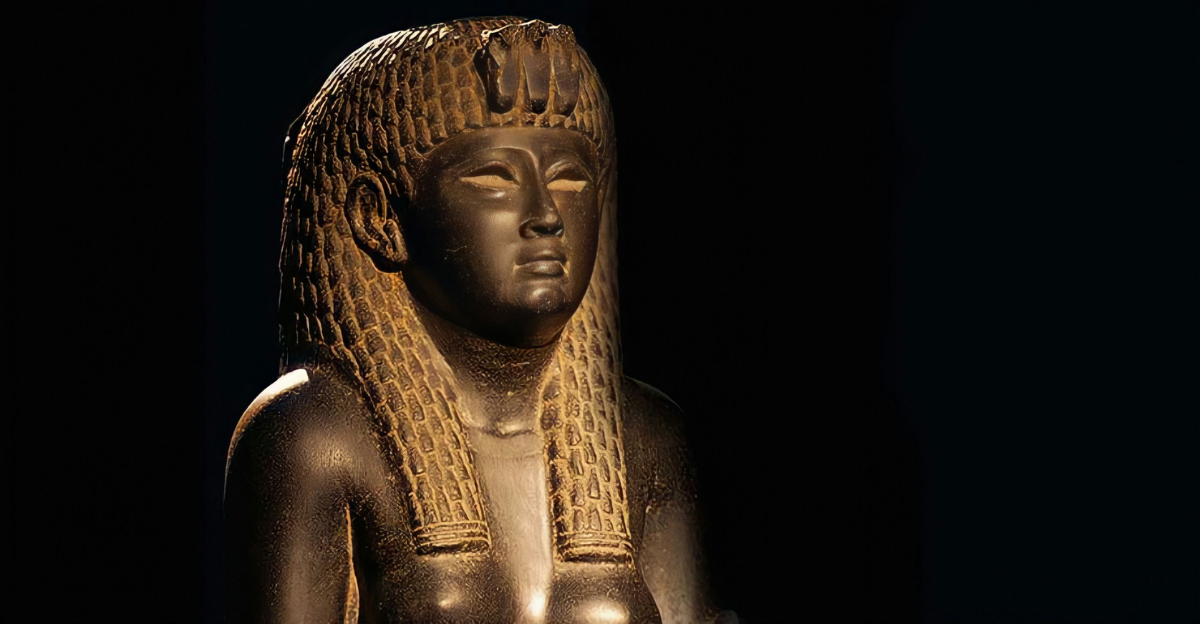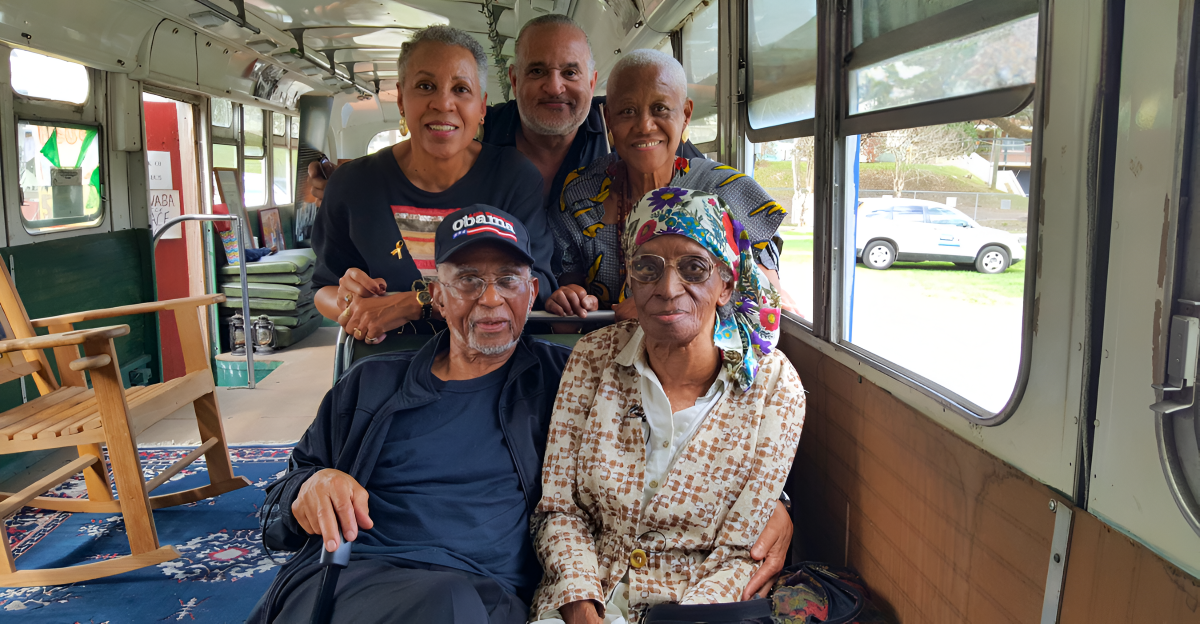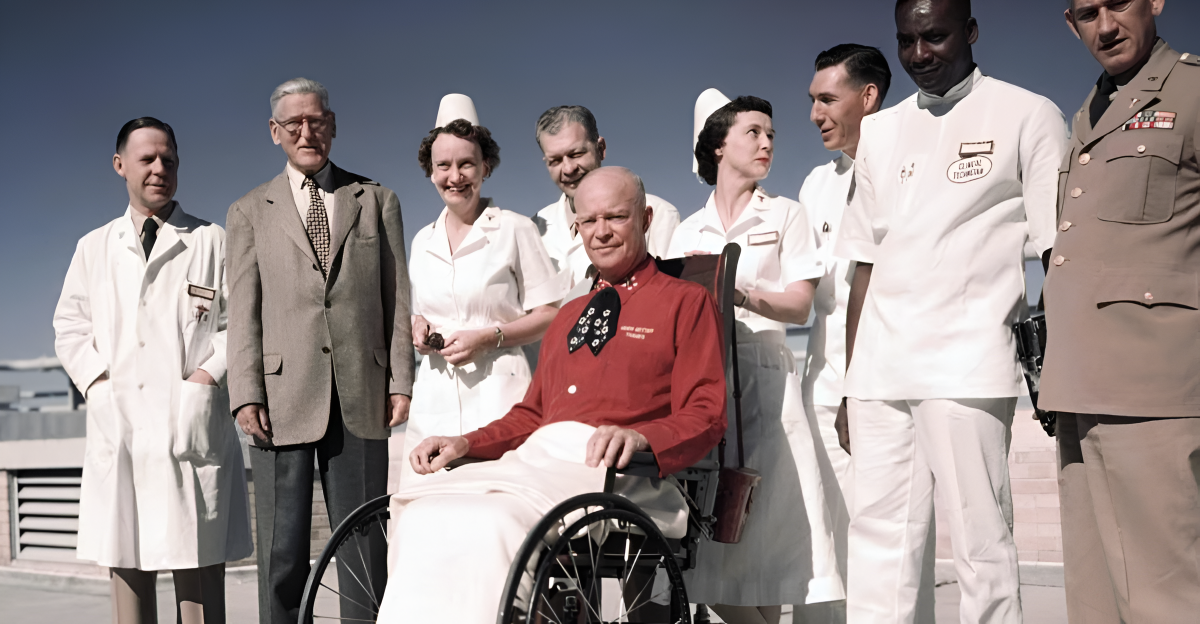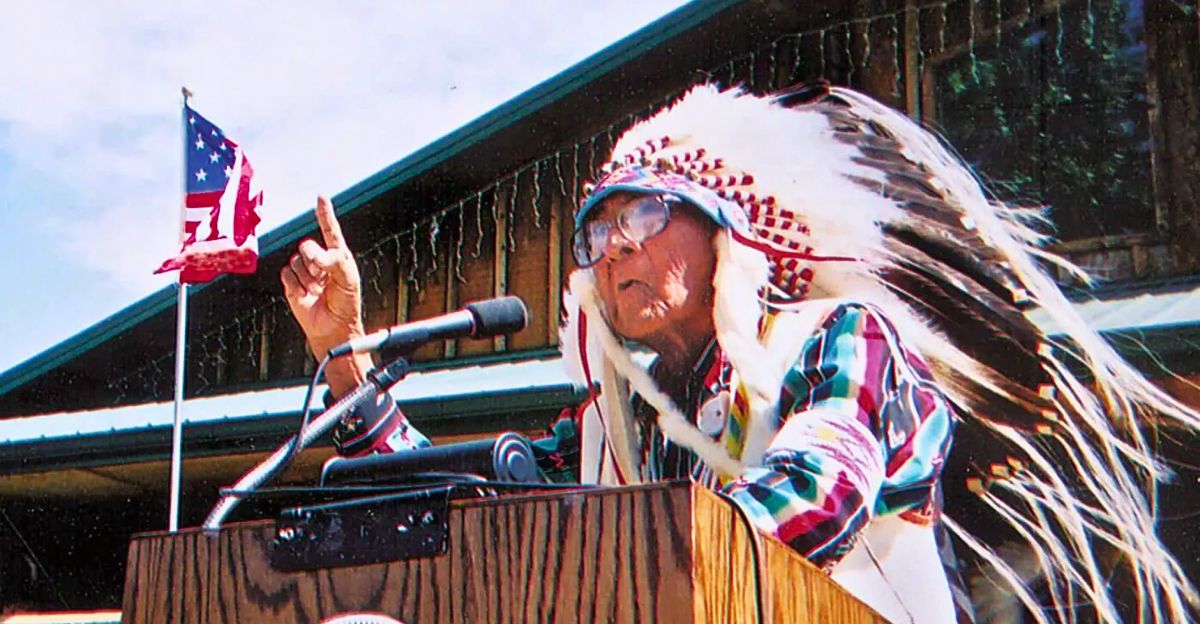
Our history books are full of vivid lives Hollywood still hasn’t told. For every Churchill or Cleopatra on film, there are scores of life-changing figures whose names have disappeared from textbooks, hidden in footnotes, going unnoticed.
Yet these stories are movie gold: action, genius, revolution, passion, intrigue, and moral complexity. Told truthfully and bravely, these stories can not only entertain but shape cultural memory.
From lesser-known scientists to unlikely warriors, each person on this list is begging for a biopic that educates and shocks us with the stranger-than-fiction truth of what they accomplished. These are the tales that long for the spotlight.
1. Lyudmila Pavlichenko: Lady Death With 309 Verified Kills
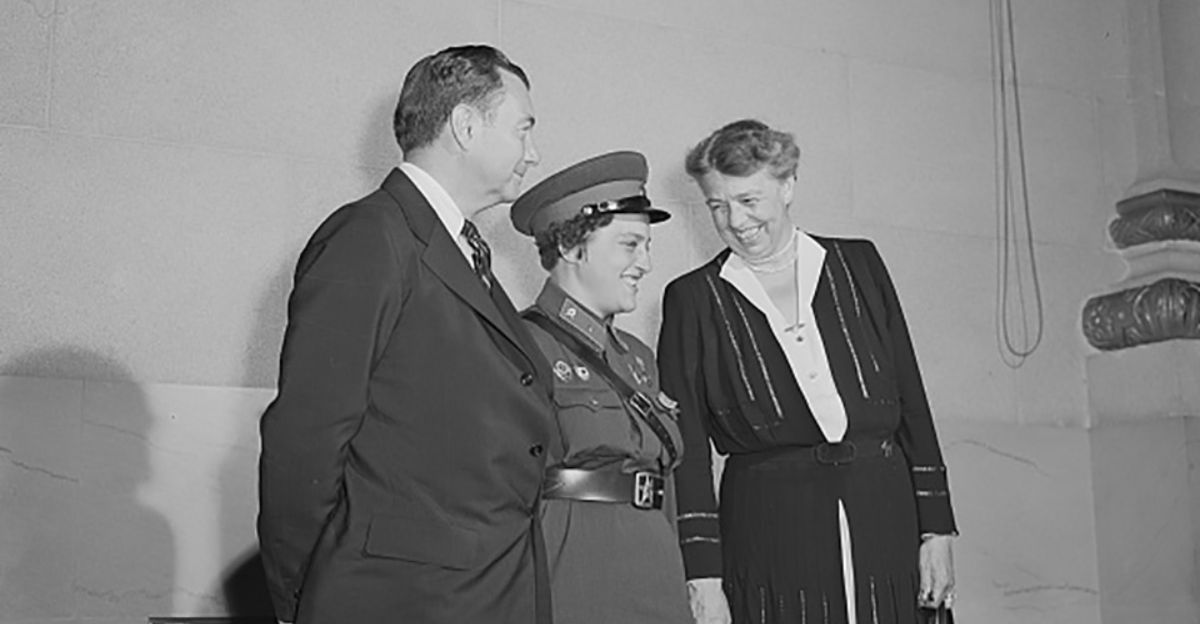
A skilled sharpshoot from a young age, Lyudmila Pavlichenko shattered both Nazi ranks and gender expectations during WWII as a sniper for the Soviet army from 1941.
With 309 confirmed kills, she recognized as one of the deadliest women snipers in history, earning her the nickname “Lady Death”. From a college student to war hero, she was used as a propaganda tool and sent on tours of America, where she befriended First Lady Eleanor Roosevelt.
Her biopic could cut between gritty Eastern Front warfare and her diplomatic fame in Washington, DC. Weaving the story with flashbacks to her childhood academic aspirations, you could have a war movie with emotional depth, feminist undertones, and psychological complexity.
2. Joe Medicine Crow: The War Chief Who Fought Nazis and Saved Culture
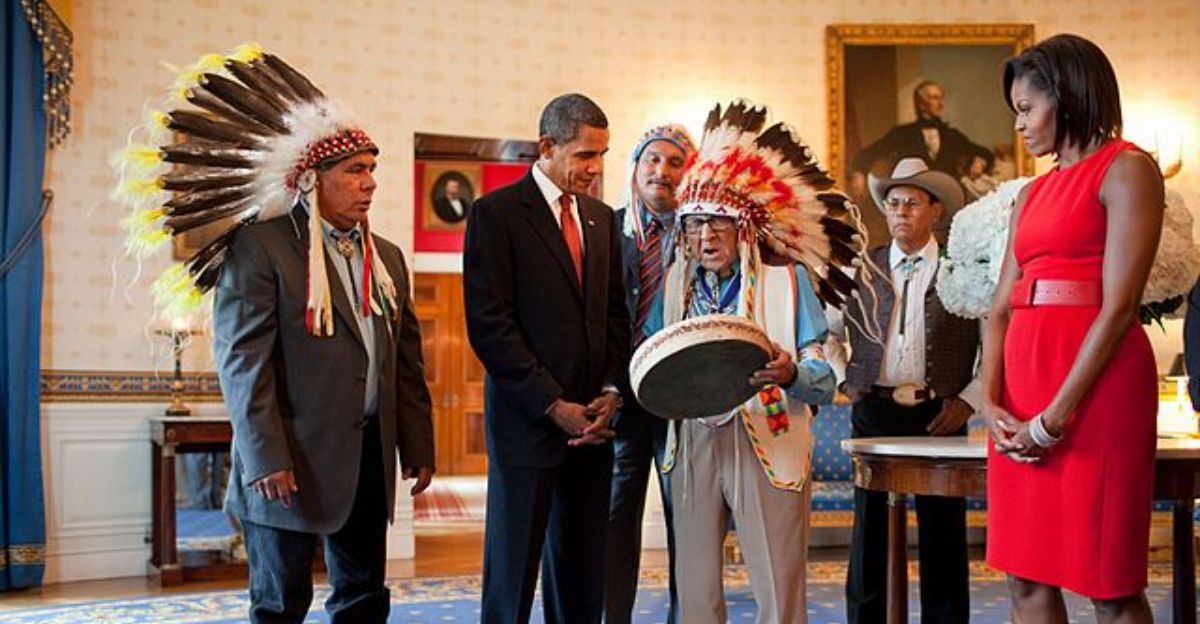
Originally wanting to enter into academia, Joe Medicine Crow ended up following in his family’s footsteps when he joined the American infantry in 1943.
During World War II, he earned the Crow tribe’s title of “war chief” after accomplishing four deeds in battle: touching a live enemy, stealing a horse from an enemy camp, successfully leading a war party into battle and taking away an enemy’s weapon. After the war, he went on to be a prominent anthropologist and historian, preserving the tribe’s history.
His biopic would be a true tale with themes bravery, resilience, legend and the true meaning of community. In a story that breaks down stereotypes of Native American heroism in battle and academia, his biopic would pack an educational and emotional punch.
3. Hedy Lamarr: The Bombshell Who Created Wi-Fi
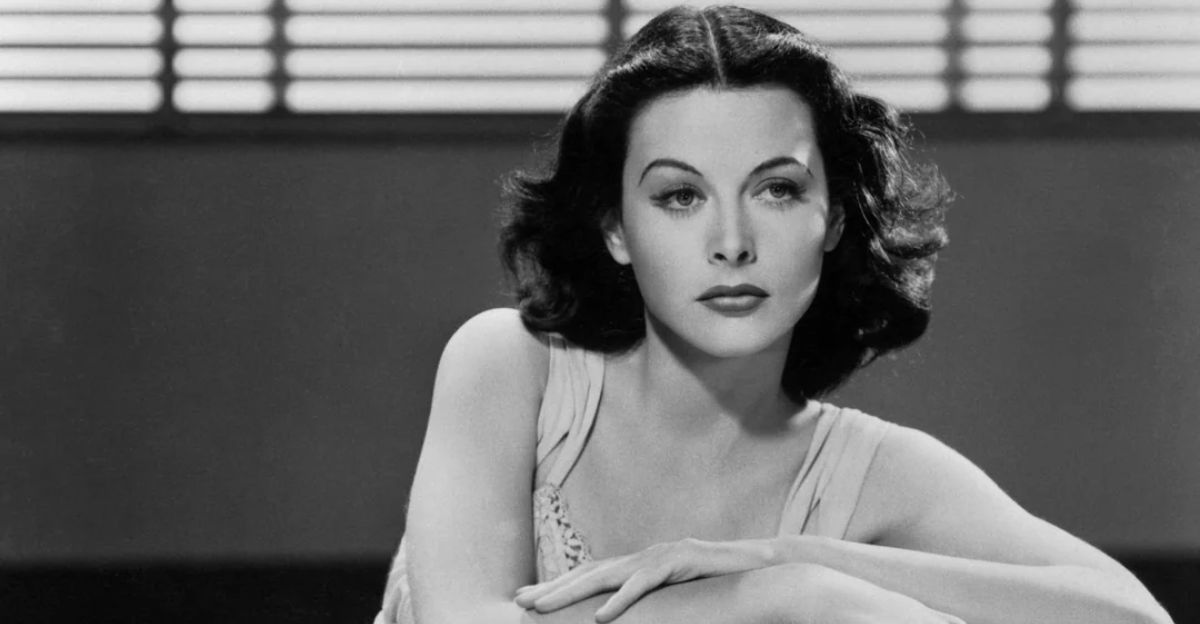
Hedy Lamarr, dubbed “the most beautiful woman in the world,” was also a self-taught inventor. Having started off as an actor in Czechoslovakia, she made a name for herself in Hollywood, but she was exploited for her looks, not her mind.
Lamarr co-invented, alongside George Antheil, frequency-hopping technology during WWII—a precursor to GPS, Bluetooth, and Wi-Fi today. At the time, it was shelved by the military, deemed too large and complex to meet their needs.
A film could redefine her legacy as more than just a pin-up, but rather a tech trailblazer. Imagine a film that hops between 1940s studio glamour and clandestine physics experiments. Picture Hidden Figures meets Bombshell, exposing the institutional neglect and positioning Lamarr as a genius years ahead of her time.
4. Roy Benavidez: The Man Who Refused to Die
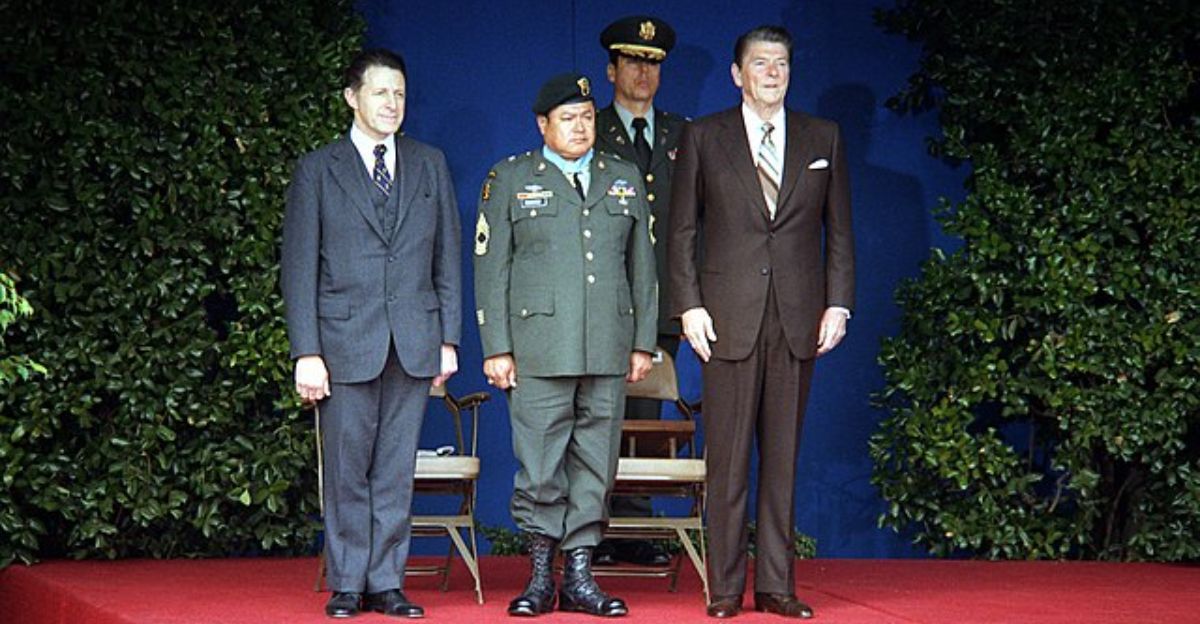
Orphaned at the age of seven, a soldier at 17, Special Forces trooper Roy Benavidez served in Vietnam between 1965 and 1968. During his first tour, he stepped on a landmine and was told he would never walk again. After intense rehab, he went right back into battle.
In 1968, he jumped out of a helicopter armed with only a knife and a medical bag to rescue eight fellow troopers during a six-hour battle. Shot, stabbed, and abandoned for dead, he fought on until evac arrived.
Posthumously awarded the Medal of Honor, his story is rather unbelievable, and a film based on his life could be a ruthless, gut-twisting paean to toughness, sacrifice, and brotherhood. His courage, woven with agony and moral complexity, begs for the screen.
5. Noor Inayat Khan: The Pacifist Princess Who Spied
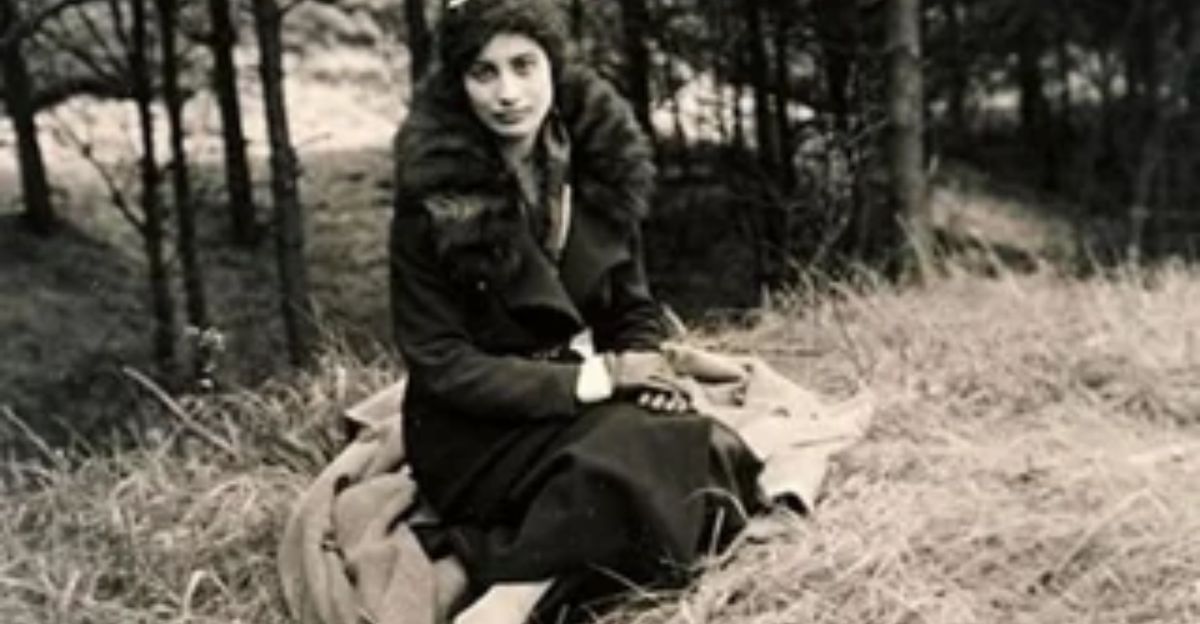
Born to an Indian father and American mother, Noor Inayat Khan was descended from Tipu Sultan, a 18th century Muslim ruler of Mysore. She grew up to be a children’s book author and British spy.
Brought up on Sufi tenets of pacifism, she became one of the first female wireless operators, codename “Madeleine,” working in Nazi-occupied France. In October 1943, she was captured, tortured, and executed without ever betraying her fellow operators.
A biopic might track her humility in the face of danger, blending espionage tension similar to The Lives of Others with the internal conflict of a pacifist-turned resistance leader. It’s a story of identity, faith, and defiance, founded on subtle strength rather than guns-blazing machismo.
6. Sybil Ludington: The Teen Patriot Who Fought for American Freedom
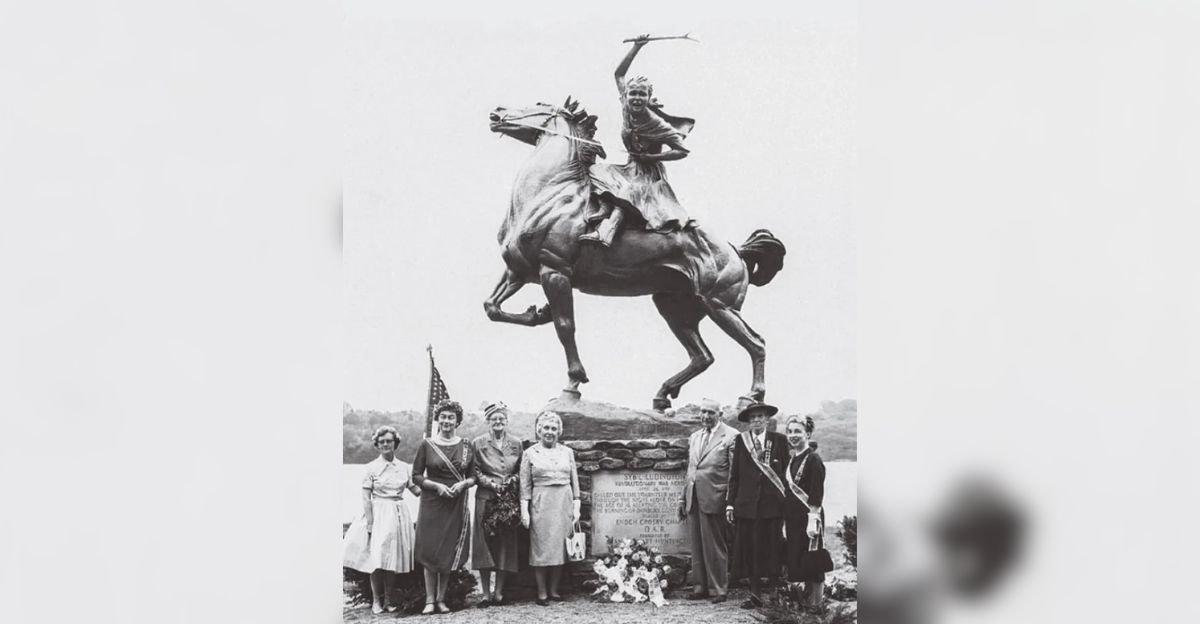
The oldest of 12 children, Sybil Ludington was the daughter of a militia colonel. In April 1777, she unquestioningly mounted her horse one stormy night at the age of 16, riding 40 miles across Connecticut to rally American militia against the British
She returned home at dawn the next morning, having successfully ordered a regiment of 400 Colonial troops to assemble. A journey twice the length of Paul Revere’s celebrated ride, she is not widely known. Where Revere gets poems, Sybil gets erasure.
Her story is ready to be a coming-of-age historical thriller about an unsung hero with girl power in pre-Independence America. This film can rewrite the imbalance, showing that even in 1777, adolescent girls were redefining what it meant to be a patriot. It’s Mulan meets Hamilton.
7. Bass Reeves: The Real Lone Ranger
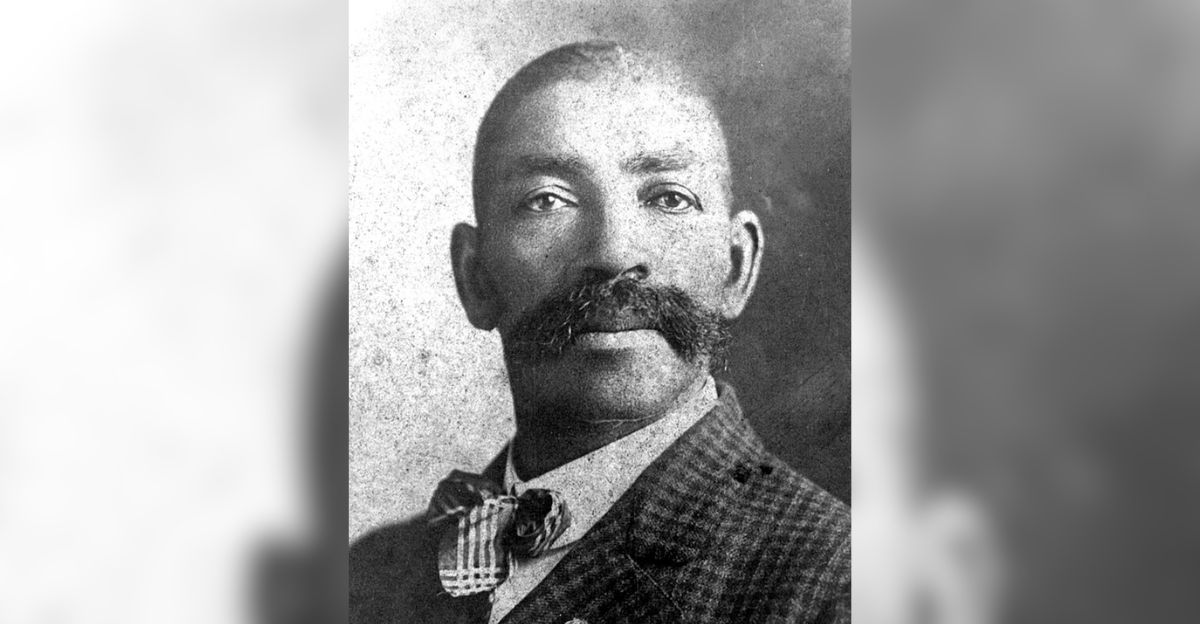
Born a slave in 1838, Bass Reeves managed to escape and fled to Indian Territory, where he learned American Indian languages, their customs, tracking and survival skills.
He went on to become one of the first Black U.S. Deputy Marshals west of the Mississippi River. He worked primarily in the Indian Territory, known for its thieves, gunslingers, bandits, murderers and bootleggers. He has a record of 4,000 arrested, 20 kills in the line of duty and never once got injured himself.
Some claim he invented the Lone Ranger legend—except history forgot him. His life was full of undercover disguises, horse chases, and courtroom drama. A Reeves biopic might reclaim the Western genre for Black heroes, something like Django Unchained minus the satire.
8. Mary Anning: The Woman Who Discovered Prehistoric Giants
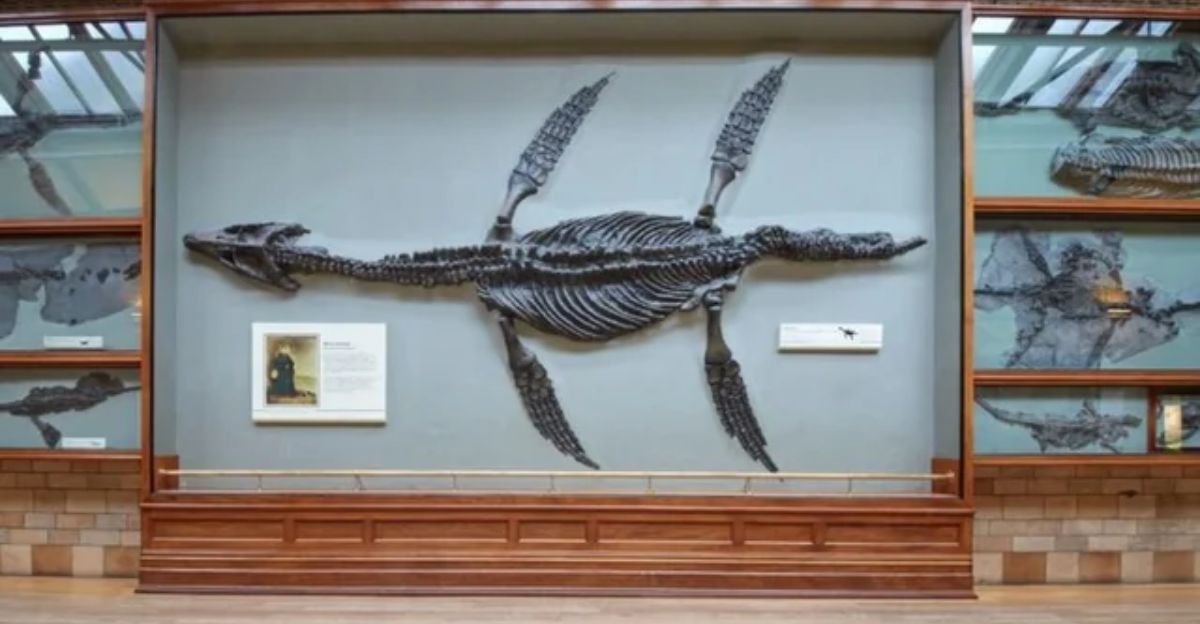
Mary Anning, a poor, illiterate woman in 1800s England, was the daughter of an amateur fossil collection. Having survived the death of most of her siblings, she did what even her father was unable to accomplish.
She unearthed fossils that reshaped paleontology having found the first properly named skeletons of ichthyosaurs and plesiosaurs. However, her male colleagues took credit for her discoveries. In the end, she sold fossils just to get by and read science papers not unlike the ones she would like to have published.
Her biopic could cover themes of class, gender, and scientific revolution. The film could mirror her tendency to see things others didn’t—or wouldn’t. Anning found literal giants, but history buried her. Her film revival is long overdue.
9. Yasuke: Japan’s Unexpected Samurai
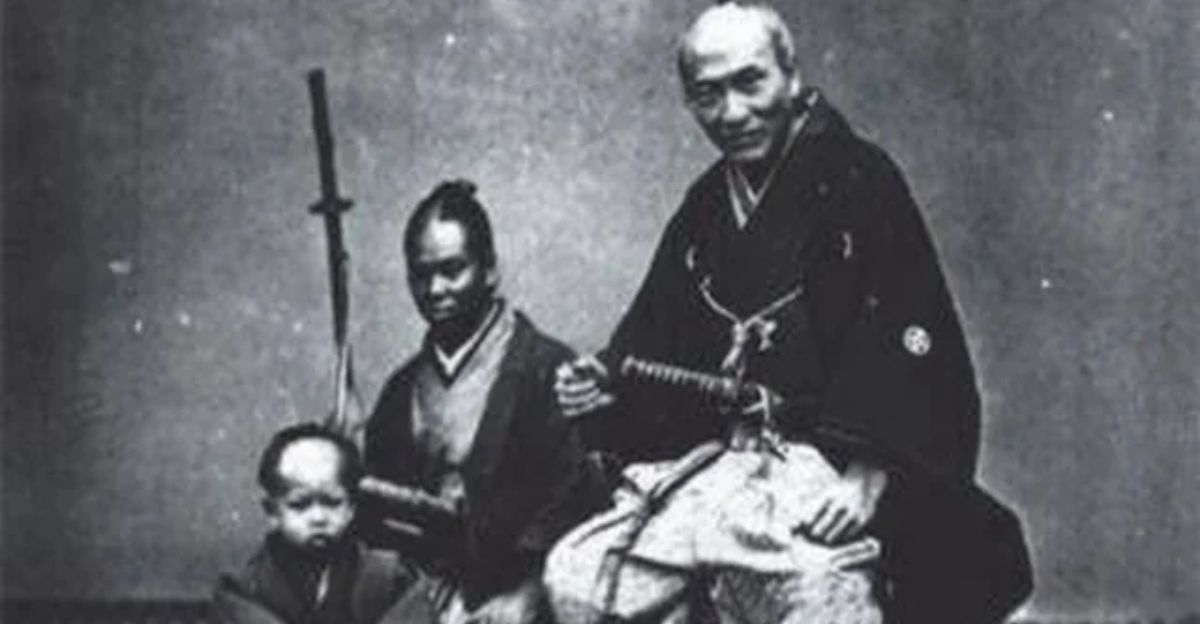
History records cannot tell us his birth name, a 26- or 27-year-old black man arrived in Japan in in1579 to work as a servant to an Italian Jesuit Priest. When presented to Oda Nobunaga, one of Japan’s greatest warlords, he was given the name Yasuke and, within a year, became a samurai.
Yasuke was more than six feet tall, towering over villagers, and exuding the strength of 10 men. He quickly mastered Japanese and worked as Nobunaga’s weapon-bearer and bodyguard.
His life shatters assumptions about race, loyalty, and international identity. A Yasuke biopic could mix the stylized brutality of 13 Assassins with Gladiator-level scope. It’s time the African samurai returned, sword in hand, to take over the movies.

